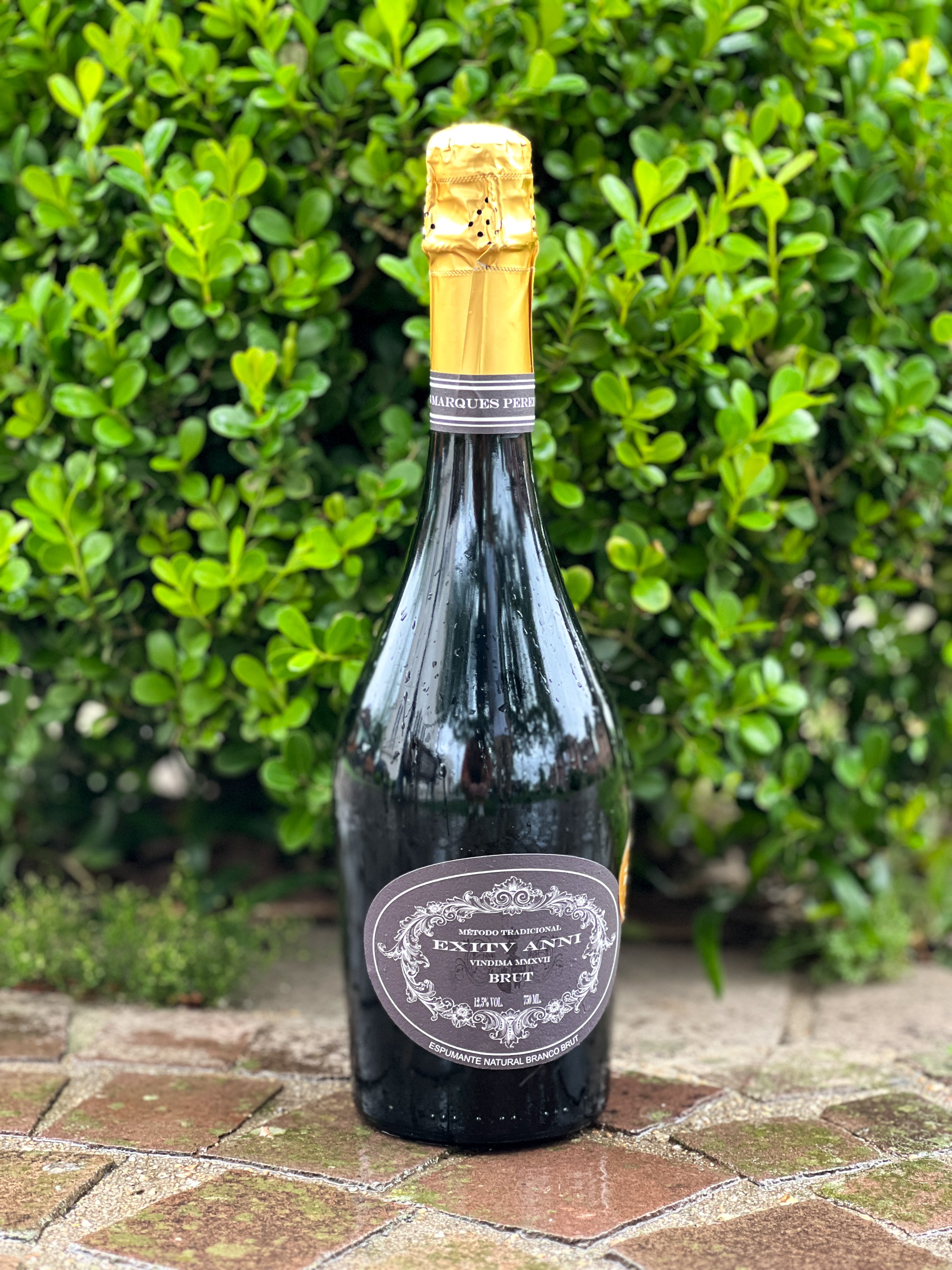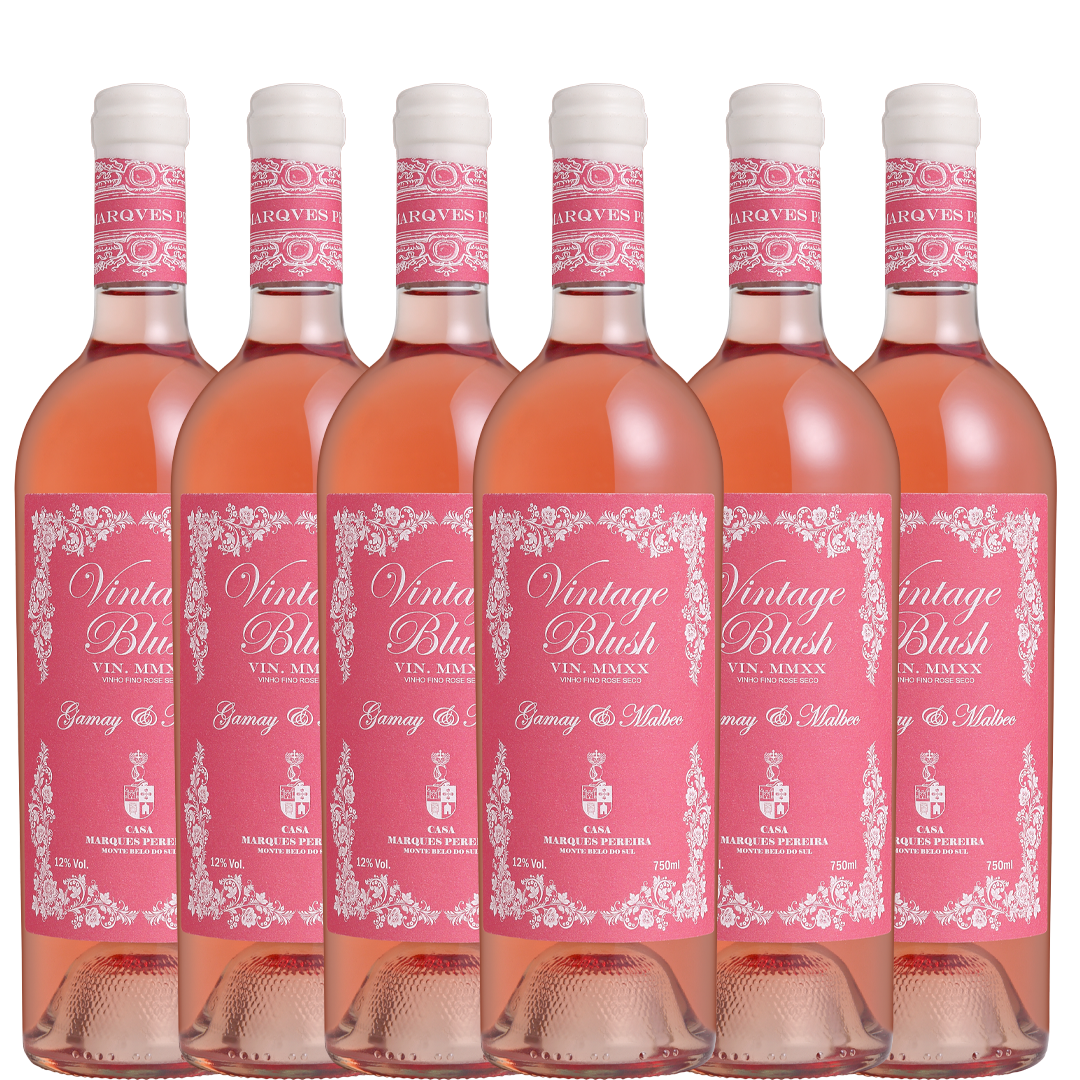Varietal Wine: What does it mean and why is it so popular?
Many newcomers to the world of wine and grapes often face some challenges when reading bottle labels and their technical and varied terms. Among many others, one is quite common, important, and has a rich history: the expression "Varietal".
Various terms from the world of wine are used to describe its unique characteristics, and let's face it, we like a lot of embellishment and flourishes when talking about our precious bottles. They are like children of proud parents, and we want their qualities to be clearly evident to everyone. It's normal that in this sea of adjectives, some terms can be confusing for beginners, even though some words are fundamental to understanding the product. When it comes to basic wine information, terms like variety and varietal are very common but often used incorrectly.
When we talk about variety, we're referring to the grape that gave rise to a specific wine, sparkling wine, or juice, or that makes up its blend. Many names we know well are simply the given names of different grapes, such as Cabernet Sauvignon, Merlot, Chardonnay, Pinot Noir, and hundreds of others. But what about when these names are prominently displayed on the label of my wine? In that case, there's a good chance you're tasting a varietal wine.
What is a varietal wine?
In simple terms, a varietal, or monovarietal , wine is composed exclusively (or almost exclusively) of a single grape variety. This is why many labels highlight the grape variety's name; the idea is to indicate that the liquid contains the characteristics and qualities of the original raw material. It's important to mention that for a wine to be considered varietal, it doesn't necessarily need to be composed of 100% of a single grape variety; it can be made with a small fraction of other grape varieties to achieve fine-tuned acidity, body, and aroma characteristics.
Each country or wine-producing region has its own rules for defining varietal wine. In Brazil and Chile, for example, a wine must contain at least 75% of a single grape variety to be considered varietal and bear its name. Other places, such as South Africa, require producers to maintain up to 85% of one variety to classify it as a monovarietal.
Where did varietal wines originate?
Even though making wine from a single grape variety is a very old practice (after all, there weren't many varieties in ancient times), the concept of varietal wine is more modern and has very close ties to the so-called "New World," such as the United States, Brazil, and Australia, among others. It's no secret that Europe controlled wine production for many decades, and this dominance was enough to establish some small regions as symbols of good products.
Over the years, drinking a wine with certain characteristics was defined by the name of the region, such as Bordeaux, Burgundy, and Tuscany. While these countries quietly maintained their reputation, new producers struggled to convince buyers that their wines were also of high quality. After all, where was the " pedigree" of these new vineyards?
The idea of focusing efforts on promoting grapes as the main focus can be attributed to Maynard Amerine, a pioneer in grape and wine research and development in the United States during Prohibition in the 1920s. Maynard's main objective was to use the term "varietal" to encourage winegrowers to seek grape varieties better adapted to the American reality. The term gained strength in the 1970s with the boom in New World wines, its impact being so strong and decisive that it even pressured the European market to highlight on labels the varieties that would be in the composition of their most emblematic wines, unthinkable until then.
With the meteoric growth of the varietal wine market, the expansion and search for new varieties adapted to the most diverse climates has gained momentum, allowing for new pairings between terroir and fruit and the resurgence of traditional grape varieties long forgotten. The differences in the planting locations of each variety around the world, as well as the cultivation techniques, help to enhance the distinctive characteristics of each type of grape.
What is the difference between varietal and cut?
An alternative to making varietal wines is blended wines (also known as assemblage or blends). The fundamental difference is that in blends, the winemaker has no restriction on the percentage of grape used or the type of grape, being able to mix two, three, or even ten different varieties, with the aim of adding different qualities and achieving a pre-defined balance. There is no hierarchy between these winemaking techniques; it is not possible to say that varietal wines or blends are superior. The definition of quality depends heavily on the potential of each grape in a given growing region and the quality of the harvest in a given year.
Choosing between each available style or varietal can be a complex (albeit very enjoyable) task, but tasting wines made with different grapes can be a great way to get to know your palate and preferences better, gradually recognizing specific characteristics of certain varieties until you can identify your favorites in a blend simply by swirling a glass.















